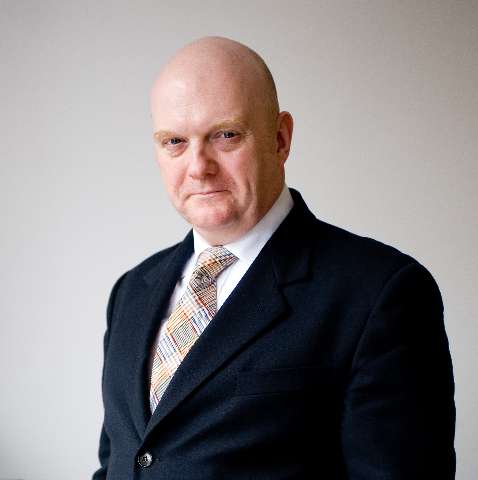Will 2023 be a turning point for dance? So far this year I have seen more work by female choreographers than by their male counterparts, which makes a refreshing change. One of this number, Pam Tanowitz, already a major figure in American dance, is fast becoming a fixture in the UK dance scene. This brief programme showcases her unique style of presenting familiar classical dance steps in unfamiliar ways by deconstructing ballet and repackaging it for a new age.
Everyone Keeps Me was first shown at the Linbury, in 2019, part of the commemoration of Merce Cunningham’s Centenary while Dispatch Duet premiered last year, as part of the Diamond Celebrations on the main stage of the Royal Opera House. These two works formed the later part of this current programme, albeit the latter now presented as a film. The programme opener was the world premiere of Secret Things, a piece for eight dancers, created to Anna Clyne’s Breathing Statues, a string quartet inspired by Beethoven, notably the silent pauses in the Grosse Fugue where Clyne has said that the music 'breathes'.
It was pleasing to see so many of The Royal Ballet’s corps de ballet in prominent roles, especially as showcased in the intimate setting of the Linbury Theatre. Tanowitz engaged 17 Royal Ballet dancers for the two onstage performances, only one of whom (Annette Buvoli) is a soloist, while another (Luc Foskett) participates through the Aud Jebsen Young Dancers programme.
Secret Things begins enigmatically with Hannah Grennell suddenly appearing, starkly lit, in the stalls circle alongside the excellent string quartet before making her way to the stage. Entrances and exits are important to Tanowitz: Secret Things has a nonchalant ending when, after a finale that would have been most choreographers’ full stop, Liam Boswell remains alone, lying onstage and whistling before casually walking off. While in the Dispatch Duet film, the dancers simply walk off and get into a lift.
The most striking aspect of Grennell’s opening solo is not the choreography, a series of turns and statuesque poses, but her costume, a sparkly yellow playsuit tied at the waist, with flared openings at the shoulder and thigh, and glittering leg warmers covering just the lower leg and pointe shoes. The tunic looked like something akin to a deconstructed high-vis jacket, accessorised by a sparkly version of the shin armour worn by Roman soldiers! When the other seven dancers appeared their costumes were similarly eclectic in apparent randomness, although refreshingly gender-neutral.
Another striking aspect of Tanowitz’s choreography (across all three works) is the amount of personal expression she gives to each dancer with sideways glances and knowing smiles between them and also, on occasion, to the audience. It creates chemistry that exudes a palpable joy and brings personality into abstract stories.
The filmed interlude of Dispatch Duet, danced by Anna Rose O’Sullivan and William Bracewell and directed by Anthoula Syndica-Drummond, was like a refreshing sorbet between courses of a gourmet meal. The editing was superb as the same choreography flowed seamlessly from shot-to-shot across many different locations, both backstage and front-of-house, in The Royal Opera House. O’Sullivan and Bracewell are an attractive couple and this fragmented pas de deux to the recorded Dispatches orchestral composition of Ted Hearne was a delightful bonne bouche of neoclassical and romantic partnering.
Hearne also composed the music for Everyone Keeps Me. In my limited experience, this is Tanowitz at her very best, it’s a kind of modern take on Jerome Robbins’ seminal Dances at a Gathering. Nine young people dressed similarly (costumed by Fay Fullerton): the five women in light chiffon, shift dresses (each a different pastel colour), open to the thigh; and the four men in the same lilac-purple combination of armless vest and full-length trousers.
These young people are gathered together to dance in varying, delicate and sensitive combinations (some lying on the stage, supported by their elbows, pensively watching with enigmatic curiosity while their friends dance). The choreography is inventive and often surprising and the special Tanowitz touch of the dancers’ close connection with one another is very obvious. Hearn’s music comes to a finale with deliberate scratchy bowing effects to which Tanowitz choreographs a long, complicated stop-start male solo, full of jumps, which leads to a dreamy Bausch-like ending where all the dancers parade with linked arms before lying on the stage together as the light dims. The lighting (by Clifton Taylor who also lit Secret Things) was impressive with Mondrian-like blocks of colour appearing and disappearing on the dance floor.
I’m sorry that Secret Things, overpowered as it was by the extraordinary, outlandish costumes, did not match the expectations raised by Everyone Keeps Me; a rare gem of modern dance to be cherished.




